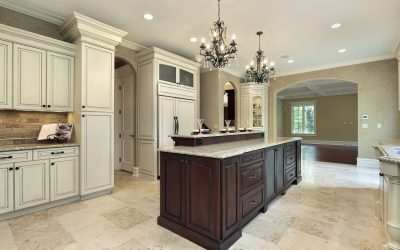Researchers have tracked purchasing behavior in practically every retail sector and industry, and that includes the home improvement industry. Business owners like to know how decisions are made in homes with both a man and a woman in charge. Remodeling contractors may wonder whether they should be promoting their services more to one gender or another or whether a husband-and-wife team is equally involved in this particular decision-making process. If Home Remodeling in Carmel follows general trends throughout the country, contractors can expect men and women to have an equal say in certain types of home improvement work and to initiate the projects as well.
Historically, men were the ones dealing with the contractors and making the purchases. However, there is little indication they were mostly or entirely responsible for deciding on new materials, colors, or features. These days, contractors are likely to consult both the man and woman in charge of the house when devising plans and working up estimates to fit within a maximum home improvement budget.
Traditionally, women were responsible for the bulk of meal preparation and cleanup, and that situation is reportedly continuing today even in households where a man and woman both work full-time. The kitchen is still typically seen as the woman’s domain for the most part. Nevertheless, men appear to be nearly as involved as women in making decisions about kitchen remodeling. That goes for everything from flooring to cabinetry to countertops that can be installed by a contractor such as Amos Exteriors Inc.
One trend showing gender differences in Home Remodeling in Carmel and elsewhere is women being more interested in decorative aspects than men are. Men’s strongest interest is in making rooms or living spaces larger or changing the features for better function. The woman may be choosing the paint colors for the kitchen and deciding which type of wood is most attractive for the cabinetry, while men may have a lower interest in these considerations. However, statistically, women are just as likely as men to express interest in a larger, more functional living space in addition to focusing on colors and styles.








